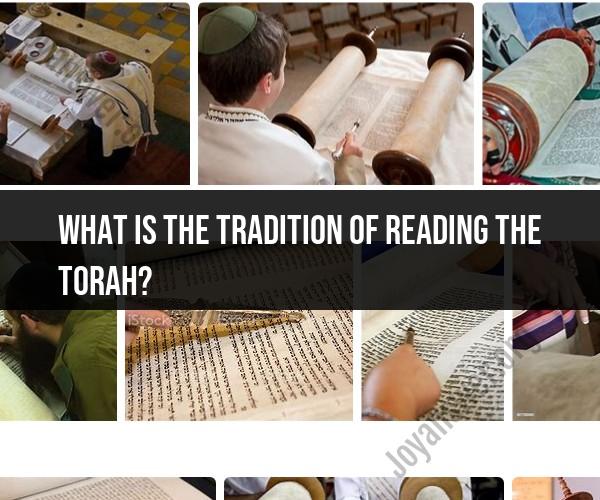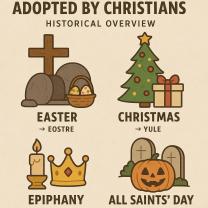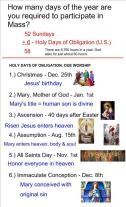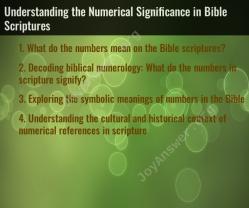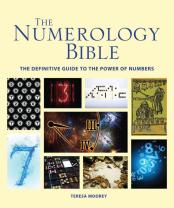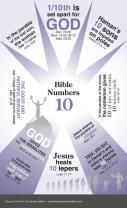What is the tradition of reading the Torah?
The tradition of reading the Torah is a fundamental practice in Judaism that dates back thousands of years. The Torah, often referred to as the "Five Books of Moses" or the "Pentateuch," is the central and most sacred text of the Jewish faith. It consists of the first five books of the Hebrew Bible: Genesis, Exodus, Leviticus, Numbers, and Deuteronomy.
The tradition of reading the Torah involves several key aspects:
Synagogue Rituals: Torah reading takes place primarily in synagogues, the places of Jewish communal worship. There is a special reading area called the "bimah" or "almemar" where the Torah scroll is read.
Regular Schedule: Torah reading follows a set schedule that is observed throughout the year. The entire Torah is divided into weekly portions known as "parashot" (singular: "parashah"). Each parashah is read on a specific day of the week during synagogue services.
Annual Cycle: Over the course of a Jewish year, the entire Torah is read from beginning to end. This annual cycle of Torah reading ensures that the entire text is studied and reflected upon by the Jewish community.
Public Reading: Torah reading is a communal activity. A skilled reader, often a member of the synagogue, chants the Hebrew text aloud while the congregation listens attentively. The reading is performed using a traditional melody and pronunciation.
Aliyah: During the Torah reading, members of the congregation are called up to the bimah to receive an "aliyah." An aliyah is a blessing and honor given to individuals who come forward to recite the blessings before and after the Torah portion is read. It is a significant moment in synagogue services.
Commentary and Reflection: Following the Torah reading, it is common for a rabbi or knowledgeable member of the congregation to provide commentary or a sermon related to the week's Torah portion. This commentary often explores the moral, ethical, and spiritual lessons found in the text.
Decorum and Respect: There are specific customs and practices associated with Torah reading to show respect for the sacred text. These include standing when the Torah scroll is removed from the ark (a special cabinet), covering the Torah with a decorative mantle, and kissing the Torah when it is passed.
Special Occasions: Torah reading is a significant part of Jewish life, not only on regular Shabbat (Sabbath) services but also during festivals, High Holy Days (Rosh Hashanah and Yom Kippur), and other special occasions.
The tradition of reading the Torah is deeply rooted in Jewish culture and spirituality. It serves as a means of transmitting the core teachings, laws, and narratives of Judaism from one generation to the next. Torah reading is a source of guidance, inspiration, and reflection for Jews worldwide, and it plays a central role in synagogue worship and Jewish identity.
